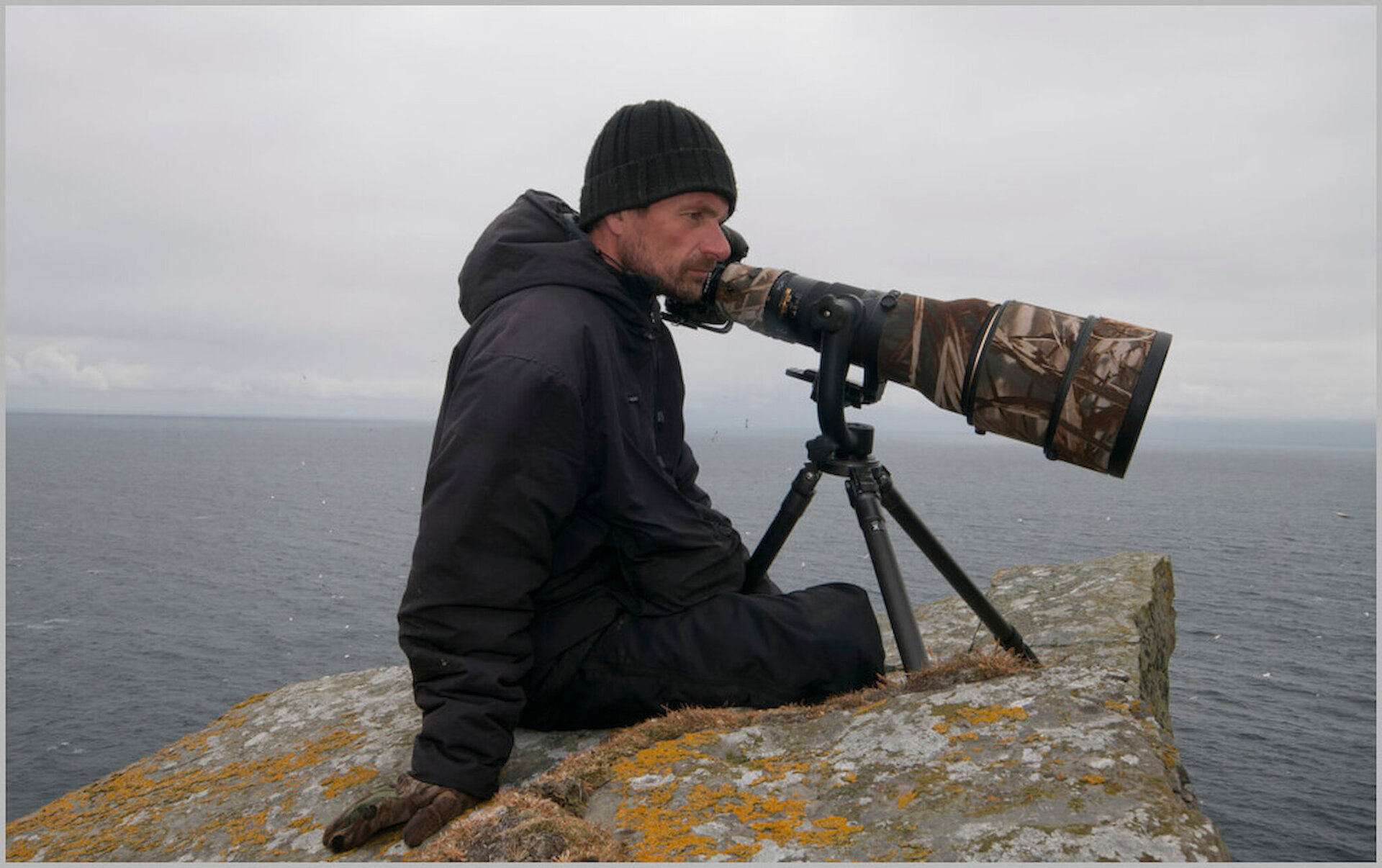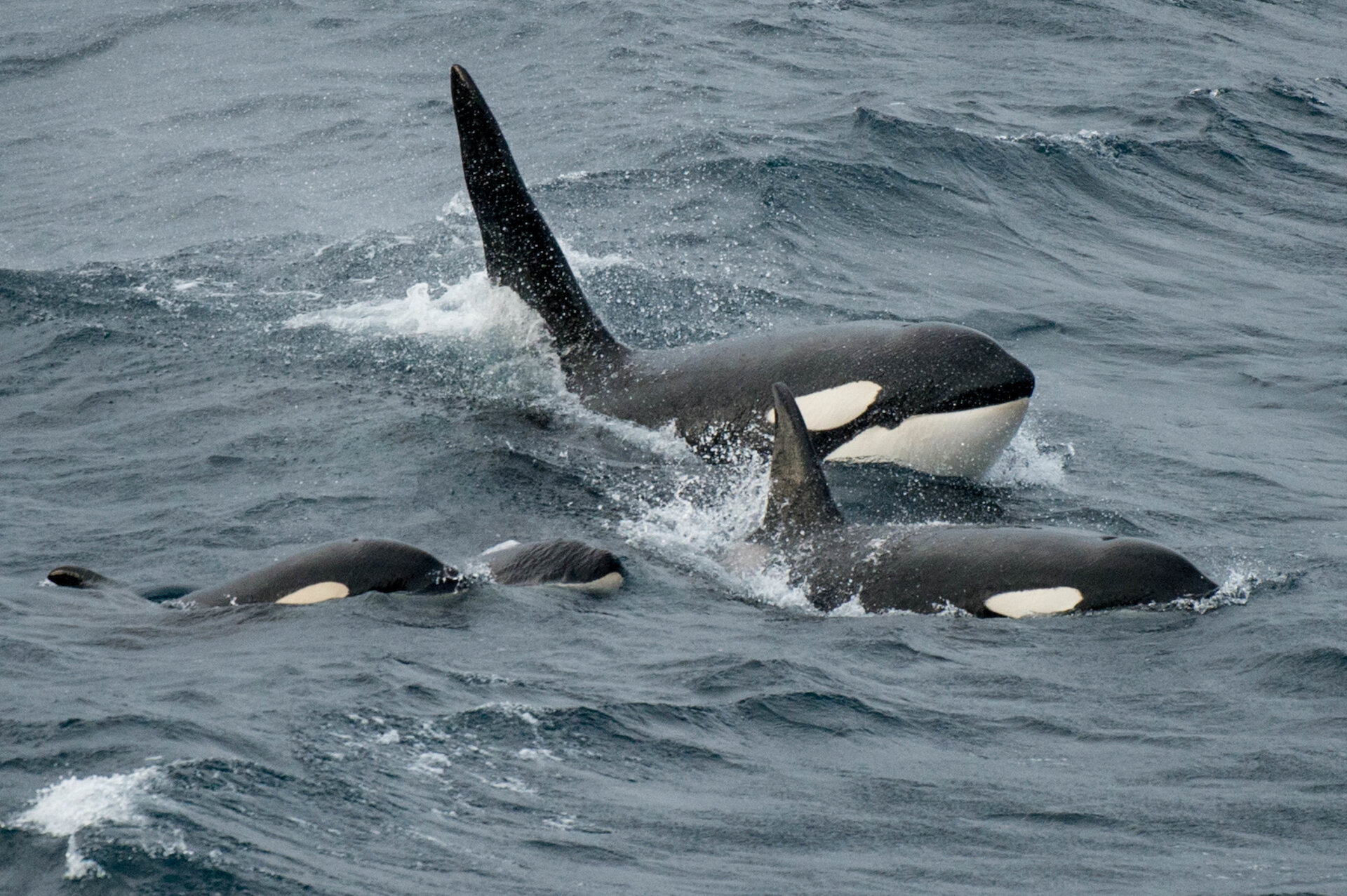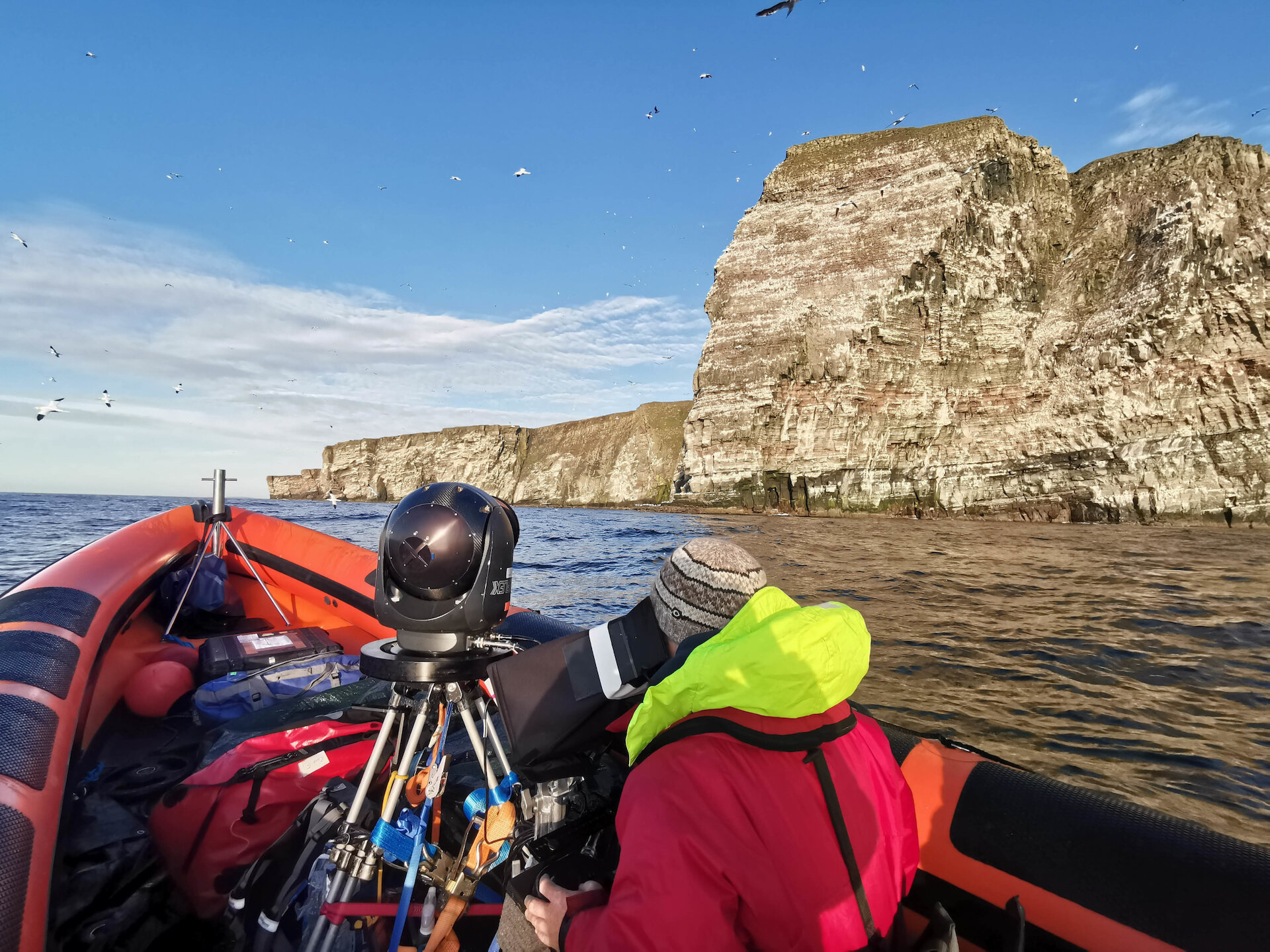In the days before the BBC’s incredible Wild Isles documentary was broadcast there was a flurry of activity on social media sites in Shetland. One of the posts was from drone pilot Nick McCaffrey expressing his excitement that his footage would appear on a TV show narrated by Sir David Attenborough.
Nick, a regular contributor to Promote Shetland, was unsurprisingly excited. His work, gathered along with his friend and colleague Richard Shucksmith, was about to be broadcast primetime on a flagship BBC series.
As anticipated, the incredible footage of orcas hunting off the coast of Shetland was stunning and incredibly popular – prompting an upsurge in interest in visiting the islands to catch a glimpse of the incredible creatures.



